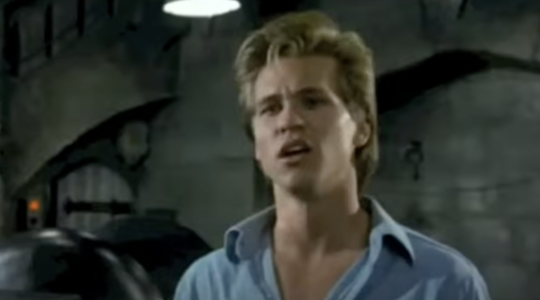We usually think of historical fiction as storytelling that attempts to simulate the events and atmosphere of the past—but what if historical fiction recreated not the past itself, but the historian’s process of trying to put the past back together?
Trieste, a newly translated novel by Croatian writer Dasa Drndic does just that. In northern Italy, surrounded by a lifetime of artifacts—newspaper clippings, photographs, biographies of S.S. officers, transcripts from war crimes trials, lists of names—retired mathematician Haya Tedeschi struggles to assemble a coherent narrative of her family’s lost Jewishness, their persecution under Fascism, and the disappearance of her son.
The artifacts, drawn from real archival sources, do more than just illustrate the novel. A chapter-long list of the names of Italian Jews persecuted during the war, presented without commentary, absorbs and hypnotizes. A photograph “slipped” to a younger Haya by a German boyfriend, of officers standing on a platform marked “Treblinka,” speaks for itself. These unadorned objects often take the place of descriptive text, making the experience of the novel new and disorienting, and the reader a partner in Haya’s historical project.
JTA has documented Jewish history in real-time for over a century. Keep our journalism strong by joining us in supporting independent, award-winning reporting.





